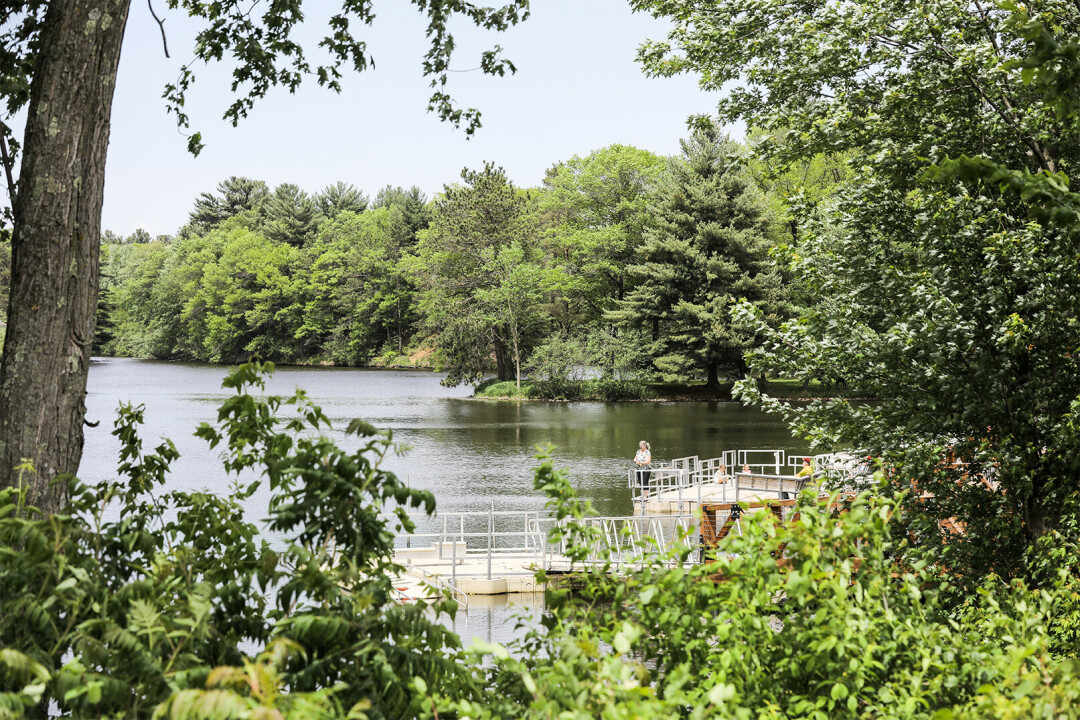Four Ways to Relax in 15 Minutes or Less
local yogi Amanda Polden talks quick tips to find your zen
Amanda Polden, photos by Andrea Paulseth

Your nervous system connects your body to your mind. The sympathetic nervous system (SNS) controls “fight, flight, or freeze” responses to threats. Your parasympathetic nervous system (PNS) controls “rest and digest” when there’s no threat.
Unfortunately, daily stress keeps the SNS on, releasing stress hormones into your blood all day long. Your body can’t tell the difference between “everyday” stress and the stress of a saber-tooth tiger attack. To your sympathetic nervous system, it’s all the same.
That’s why it’s important to “de-activate” the “fight, flight, or freeze” system so your “rest and digest” system can kick in. This helps both your body and your mind relax. You can do this through breathing exercises and simple movements. Some examples:
-
Box breathing. Inhale for a count of four, hold it for a count of four, exhale for four counts, and hold the breath at the bottom of the exhale for four counts. Do three to five rounds of breath, or until you feel your body relax. Regulating your breathing with controlled, deep, even breathing activates your rest and digestive system.
- Longer exhales. For this one, inhale for a count of four and then exhale for a count of six. You could also inhale and exhale longer (i.e., inhale for six, exhale for eight), so long as your exhales are longer than the inhales. This signals your nervous system that it’s time to rest.
- Nature walks. A brisk walk encourages deep breathing from your diaphragm to activate the PNS. Walking in nature is even better because our bodies respond to the sounds and smells of trees, flowers, and water. Studies have shown that just sitting in nature can relax the body, so getting into natural spaces a few times a week is excellent self-care practice.
- A yoga practice. Yoga reduces stress because it combines low-impact movement/exercise with deep breathing. And you only need a few minutes to get the benefits. Take 5-10 minutes to move through a few poses while connecting your movements to your breath. Stretching your muscles helps them relax, and controlling your breathing settles your mind.
You can do breathing exercises anytime, anywhere. And if you can carve out 20-30 minutes a day a few times a week for movement, you’ll be well on your way to true relaxation!

